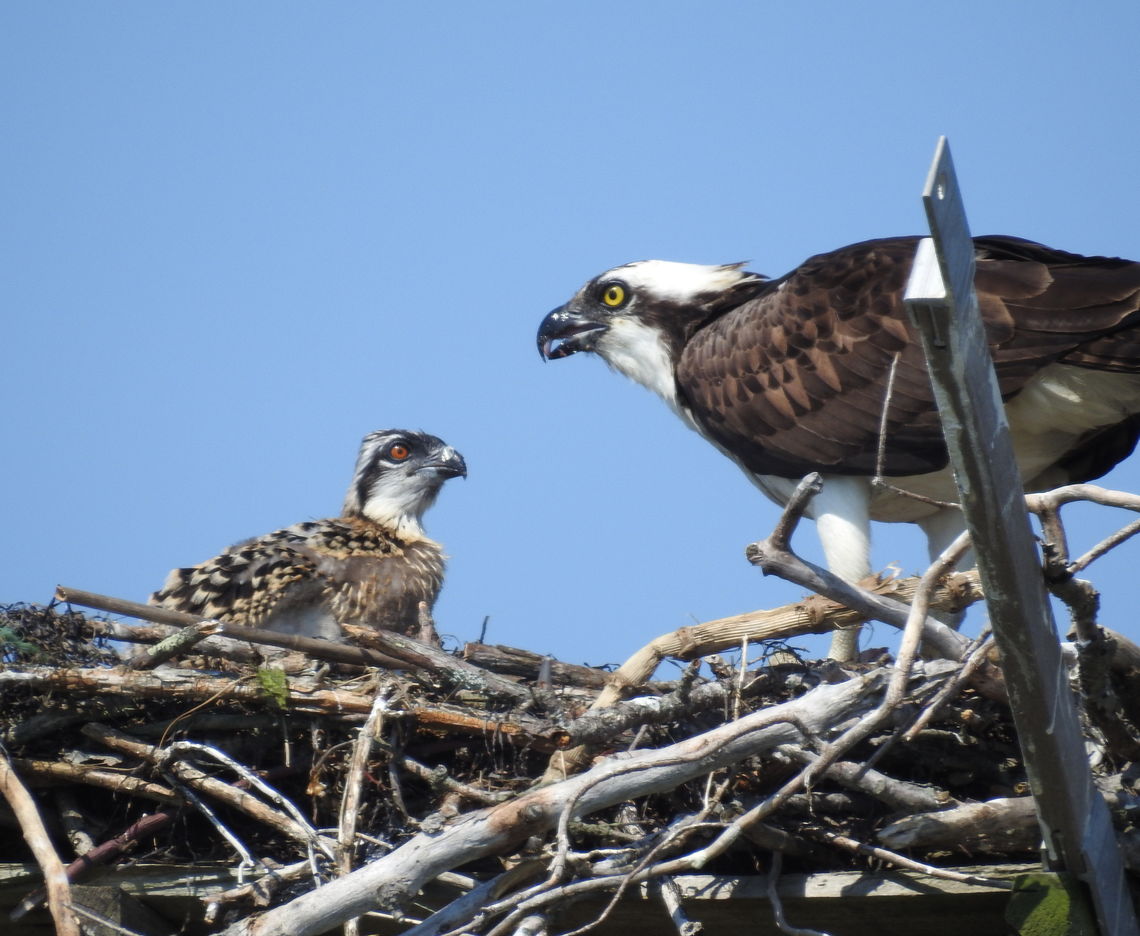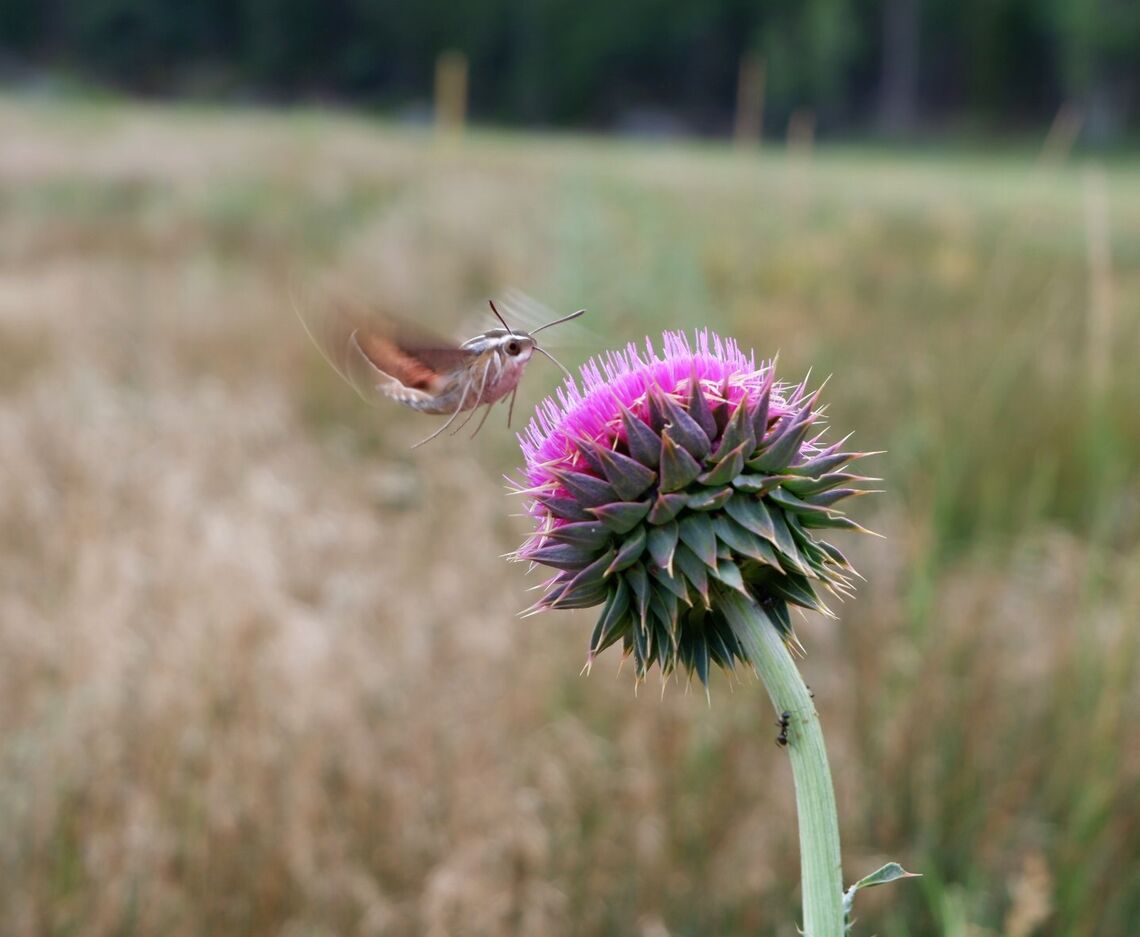
POLLINATOR SPOTLIGHT
Extremely important for the health of our environment, most plants across the globe rely on pollinators, such as bees, birds, and other wildlife, for reproduction. Flowers, shrubs, and trees all need pollinators to move their pollen to new blooms.
Roadside and utility project rights-of-way (ROWs), spaces that can be barren of vegetation, are great places for pollinator habitat development. Many developers have realized the benefits of creating spaces for pollinator breeding/nesting along their projects. Establishing these green spaces gives insects and birds a refuge and helps link habitats across different areas.
Tim McGuire, a Senior Project Manager of Environmental Services, talks us through how to best promote pollinator conservation on a project’s ROW:
- Prescribed Mowing – Varying mowing schedule, cut height, corridor percentage, slowing mower speed, and adding flush attachment to equipment can all preserve pollinator habitat value and/or minimize direct mortality of pollinators.
- Pesticide Reduction - Where possible limit or eliminate the use of chemicals to maintain the ROW. Chemical treatment of the ROW can devastate pollinator communities.
- Seasonal Mowing – Mow in early spring instead of fall. This allows organisms and bird food sources to overwinter.
- Native/Local Species – In restoration plans, specify seed mixes that are composed of native species beneficial to local pollinator communities.

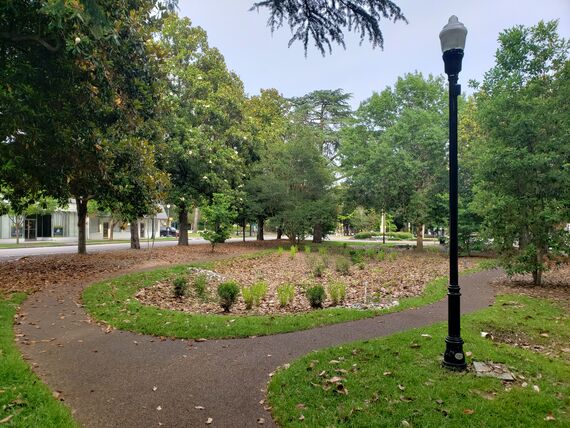
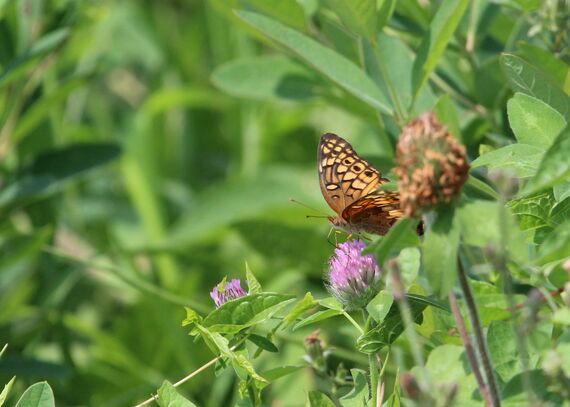
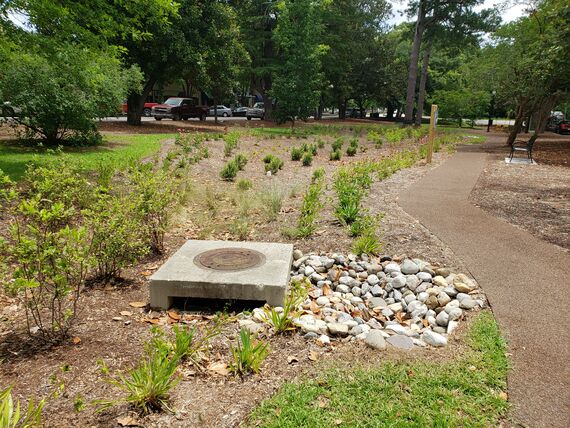
Did you know that an agreement completed on April 8, 2020 between the U.S. Fish and Wildlife Service and the University of Illinois-Chicago encourages transportation and energy partners to participate in monarch conservation by providing and maintaining habitat on potentially millions of acres of ROWs and associated lands? Thanks to the monarch agreement, more than 45 companies in the energy and transportation sectors and countless private landowners will voluntarily provide habitat for the species and other pollinators along energy and transportation rights-of-way corridors on public and private lands across the country.
McCormick Taylor has helped many of our clients plan river-friendly “Green Streets” and has retrofitted bioretentions to include substantial native plants that attract pollinators and other wildlife. Our staff is passionate about creating a more sustainable environment for pollinators and people alike.
If pollinator conservation is something you want to consider for your project, reach out to Tim McGuire at trmcguire@mccormicktaylor.com.
McCormick Taylor recently retrofitted six bioretentions in downtown Aiken, SC. The project included substantial native plants that attract pollinators and other wildlife. Our Water Resources Designers in our Columbia, SC office, created the planting plans for these facilities. Working with Jennifer Regina, a Senior Graphic Designer in our Harrisburg office, our team created signs highlighting the benefits of these facilities. Everything was capped off by designing pervious rubber pathways around the bioretentions.
You can also visit different national organizations with native plant and pollinator information.
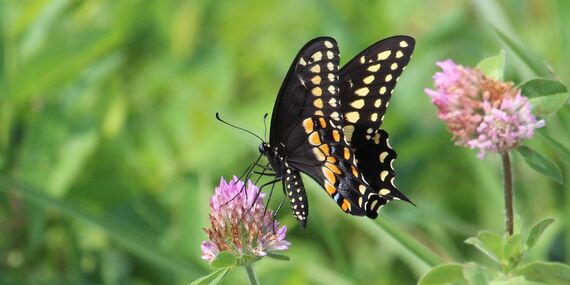
| 1 of 5
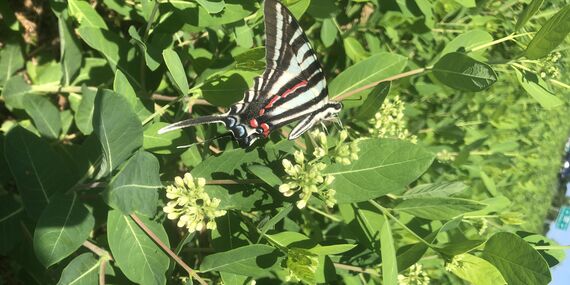
| 2 of 5
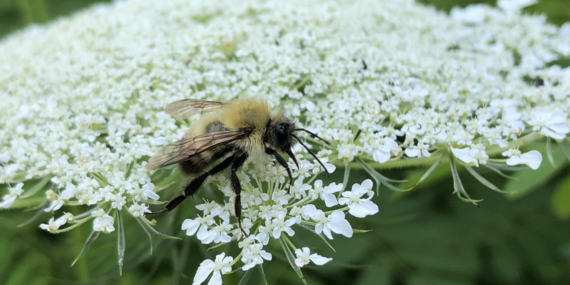
| 3 of 5
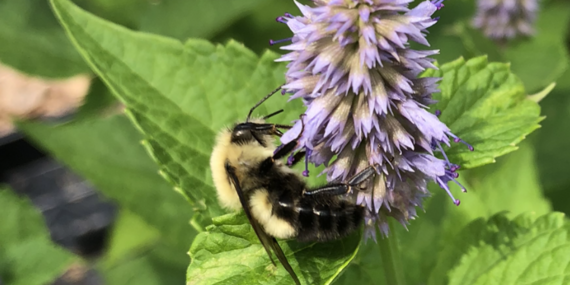
| 4 of 5
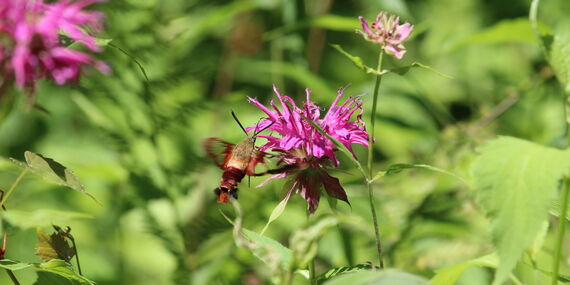
| 5 of 5


